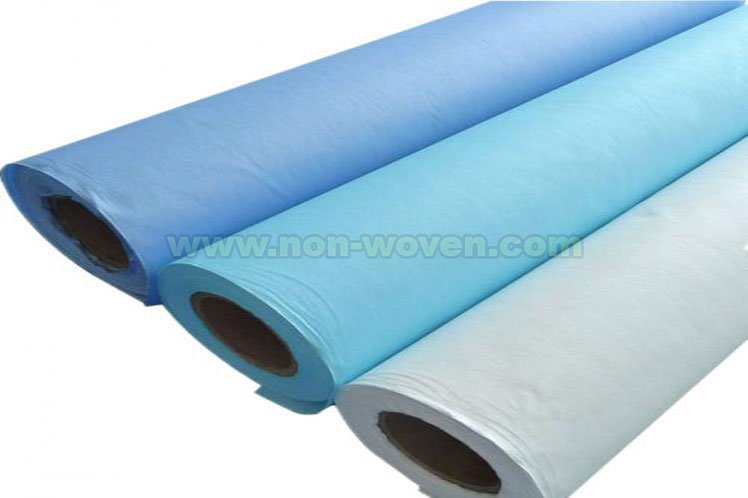Introduction
Non-woven fabrics are made from a variety of operations including weaving, knitting, felting, and entangling fibers together. The classification of non-woven is based on how the fabric is made. The three main types of non-woven fabric are woven, knitted, and felted.learn more(wikipedia)
The classification of non woven is important because it helps manufacturers understand the properties of the fabric and how it will react in certain situations. It also helps to determine the best use for the fabric. For example, a woven fabric is best suited for applications where strength and stability are important, such as in the automotive industry.
Read on to learn more about the classification of non woven fabrics and how to choose the right one for your needs!
Classification of Non Woven Fabrics:
An Expert Guide Non-woven fabrics are created by a variety of processes, with different end-uses and applications in mind. Some of the different types of nonwoven fabrics include spun-bond, meltblown, bonded, and composite. Each of these fabrics has its unique properties, advantages, and characteristics. To choose the right type of non-woven fabric for your project, it is important to understand the different classifications and the specific qualities they offer.
2.1 Spunbond Non-Woven Fabric
Spunbond non-woven fabric is produced through a heat-bonding process. This type of non-woven fabric is known for its superior strength, low cost, and sustainability. Spunbond fabrics maintain their shape and strength when wet, which makes them suitable for outdoor applications like table covers and awnings. Additionally, spunbond fabric has a fluffy texture and can be embossed to mimic the look and feel of luxury fabrics like silk and damask.
2.2 Meltblown Non-Woven Fabric
Meltblown non-woven fabric is made from extremely tiny fibers. This type of fabric is often used in medical and hygiene applications, such as face masks, surgical gowns, and disposable wipes. Meltblown fabric is lightweight, breathable, and cost-effective. Additionally, the tiny fibers used to make meltblown fabric make it highly absorbent, which makes it excellent for use in industrial wiping applications.
2.3 Composite Non-Woven Fabric
Composite non-woven fabric is composed of two or more layers of non-woven fabric laminated together. This type of non-woven fabric is often used in industrial applications, as it is strong and durable. Composite non-woven fabric is also used for agricultural filtration, like for agricultural filter bags, as it can withstand water and oil-based materials. This type of fabric is also able to meet high filtration standards and has excellent anti-acid and anti-alkali properties.
2.4 Bonded Non-Woven Fabric Bonded non-woven fabric is a type of non-woven fabric that is made from two or more layers of material.
This type of fabric is also strong and durable and is often used for industrial purposes. Bonded non-woven fabric is often used for filtration purposes, as it can withstand liquid, oil, and dust particles. This type of fabric is also able to withstand heat and cold, making it suitable for outdoor applications.
Conclusion
Choosing the right type of non woven fabric for a specific application is important. Each type of fabric has a unique set of qualities and performance characteristics, so it is important to understand the different types and their qualities to ensure the right selection is made. Spunbond non-woven fabric is great for outdoor applications, while the melt-blown non-woven fabric is used in medical and hygiene applications. Composite non-woven fabric is great for filtration and industrial applications, and bonded non-woven fabric is good for outdoor and filtration applications

